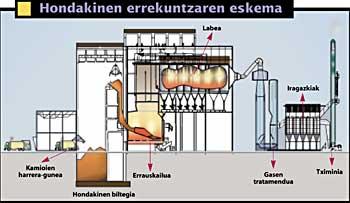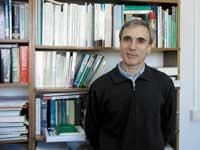German incinerators, chronicle of the visit
2003/12/02 Pikabea Amundarain, Nerea - Elhuyar Zientziaren Komunikazioa
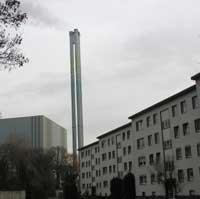
On 15 October, all municipal political groups represented in the Commonwealth Board of San Marcos elected a plot of the City of Urnieta for the incineration installation in the industrial estate of Erratzu, but on 26 October the Plenary of the City of Urnieta agreed to request the resolution of the Commonwealth. Consequently, the Commonwealth will conduct a new investigation that will analyze the entire territory of Gipuzkoa to determine the location of this facility. Incineration is the only viable alternative, according to the Council. This is reflected in the Gipuzkoa Waste Plan itself.
The San Marcos Landfill will be filled in 2006, so from there they are taking a hurry to decide what to do with trash. In addition, the European directive approved in 2000 prohibits dumping of untreated waste.
In some sectors of society the idea of an incinerator can be seen with distrust. Faced with this situation, the Commonwealth of San Marcos has initiated an awareness and awareness campaign. In this sense, he has organized three trips to Germany to visit two of its incinerating plants: one for the municipal representatives of Urnieta, another for local social agents (including members of the Arnasa collective, a team recently formed against the construction of the incinerator plant) and another for the media. The invitation was accepted by 22 Gipuzkoa media and about thirty journalists were able to see our own incineration process. Together with the journalists, they were technicians of the Commonwealth of San Marcos and drafters of the Urban Waste Management Plan of Gipuzkoa.
Incinerating plants in Germany
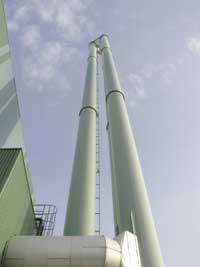
The journalists were able to see two energy recovery plants in Germany on 20 and 21 November, one in Bonn and one in Leverkusen, both in central and western Germany. Both incineration facilities are located in the urban core.
There was no smell outside, but we had an incredible warmth and smell inside. We had the opportunity to chat with some of the citizens of Leverkusen and have no opposite stance to the incinerator.
The installation they want to make in the industrial estate Erratzu of Urnieta would be similar to that of them. In both facilities, in addition to the burning of urban waste, electricity and thermal energy are generated. This energy is brought to hospitals, schools, hospitality and homes in the area.
Energy recovery plant in Bonn
The Bonn plant has been in operation since 1991. They burn 216,000 tons of waste a year and serve both the 300,000 inhabitants of Bonn and the neighbors of nearby regions. It generates about 171 million kilowatts per year for heating and about 71 million kilowatts for electricity.
It consists of three independent incineration lines. Each can burn between 10 and 12 tons per hour.
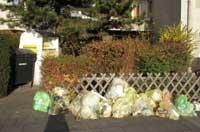
The Lebverkusen plant is older. In operation since 1970. There 210,000 tons of waste are burned per year and serves 800,000 inhabitants.
It consists of three independent incineration lines. Each person can burn up to 9 tons per hour.
In Germany there are fifty-six incinerators and five new ones are being built. There are nine in the Spanish state and two new ones are being built.
Incineration process
Residues that have not been selectively collected or that have not been otherwise exploited reach the incinerating plant.
An incineration plant consists of three basic zones: an incineration furnace, a heating boiler and an incineration gas purification facility. It also has a control room. This room controls the three lines of the incineration process and the gas measurements that are being emitted into the atmosphere from the chimney.
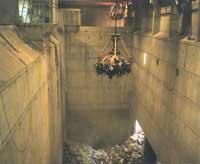
They bring the trash to the plant in trucks and throw it into a large hole to accumulate it. This garbage is periodically shaken through a crane when it comes to entering it in the crematorium oven in order to burn it as homogeneously as possible.
By means of the crane take the garbage to the hopper of the oven where they push it to the grill of the oven. The temperature of the gases used in the burning of waste must be at least 850 degrees Celsius, according to a European waste incineration directive approved in 2000. This ensures 100% garbage.
It takes hours and a half to burn the trash. The kilns' ability to burn garbage is different. We can find in the market both five tons and thirty quemas per hour.
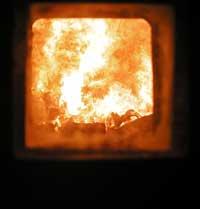
68% of the waste burned in an incinerator becomes gas and is emitted into the atmosphere. Fireplaces of 100 meters high are used for this purpose. Previously, a purification process is carried out to remove most of the toxic substances, including dioxins and furans. The filtering process consists of several phases. Dioxins and furans are especially dangerous for their toxicity to the environment and living beings. According to Xabier Garmendia, author of the Urban Waste Management Plan of Gipuzkoa, clean gas comes out from the chimney.
By burning the garbage, heating the water in some oven tubes, electricity and heat are produced. These gases released during incineration heat the walls of the water boiler and thus the water ducts. This water becomes steam. This steam is sent to another facility next to the incinerator. There it transforms into electricity and heat for heating.
25% of the waste that comes to the incinerator, once burned, is treated in a recycling facility and subsequently used as road and parking building material. Another 2% or 3% is iron and aluminum and is used in the industry.
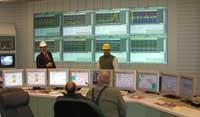
4% or 5% of waste is ash and cannot be removed, further reduced or reused. It is a hazardous waste that is taken to a safety landfill. In Germany, for example, this waste is stored in the old mines used for salt extraction.

Gai honi buruzko eduki gehiago
Elhuyarrek garatutako teknologia




